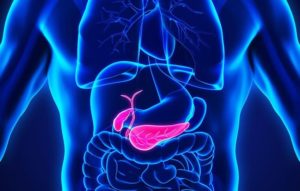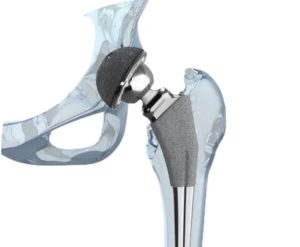In 2013, 33,561 people lost their lives on the roads of the United States, following a trend of more than 33,000 deaths occurring each year on the nations’ roadways.
This year, the multi-state “Drive to Save Lives” program is aiming to reduce that figure by 15 percent.
The most recent phase of the program was the “I-95 Columbus Day Drive to Save Lives.” Running from Friday, Oct. 10 through Monday, Oct. 13, the drive partnered state troopers from 15 states, including North Carolina, to achieve the goal of zero traffic fatalities on the Interstate 95 corridor over the four-day weekend.
Image / Wikipedia
Northbound I-95 near Benson, N.C.
The corridor runs from the Canadian border in Maine to Miami, Florida, passing through more states than any other Interstate Highway. A long way – more than 1,920 miles – 181 miles of which travel through North Carolina.
The Columbus Day goal of zero fatalities is certainly an ambitious one, as is the overall goal of Drive to Save Lives. Whether they are attainable is a good question.
But the point of the campaigns is that so many of the deaths are preventable, commented said U.S. Transportation Secretary Anthony Foxx. “Many of them (are) because of drunk driving and from people not wearing seatbelts, speeding, and driving distracted.”
During the autumn season, October has consistently been the highest month for fatal crashes. It’s the second highest month of the entire year for fatalities involving large trucks or buses.
Another major element of the Drive to Save Lives Campaign is officer safety. In 2013, traffic-related incidents caused 46 officer deaths – the leading cause of line-of-duty deaths of law enforcement officers.
▪ 31 officers were killed in automobile crashes
▪ 11 officers were struck and killed while outside of their vehicles
▪ Four officers were killed in motorcycle crashes
For the overall Drive to Save Lives campaign, the International Association of Chiefs of Police (IACP), United States Department of Transportation, and state police and highway patrol leaders from over 40 states joined forces.
Based on driver-behavior data, the campaign focuses on the multiple areas such as the use of seat belts, speeding, and impaired and distracted driving. It will also include enforcement actions against the unsafe driving behaviors of the operators of large trucks and buses. State police and highway patrol leaders are working to change high-risk behaviors of motorists through education and awareness, and high-visibility traffic enforcement such as that shown on I-95 for the Columbus Day Weekend, and other high-travel holidays.
“During my 34 years as a law enforcement officer,” commented Chief Yousry “Yost” Zakhary, Woodway, Texas, IACP President, “I have responded to far too many crashes caused by speeding and witnessed too many deaths because drivers and/or passengers were not wearing their seatbelts, and because of impaired and distracted driving. Crashes are preventable – and that is what this campaign aims to do. Prevent them from occurring in the first place. Through our partnership, we will work to reduce highway deaths in 2014, and the coming years, because even one death is too many.”











Comments for this article are closed.